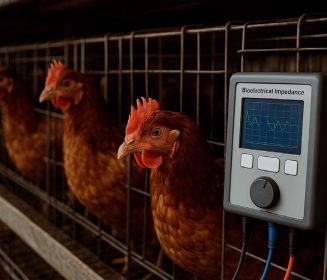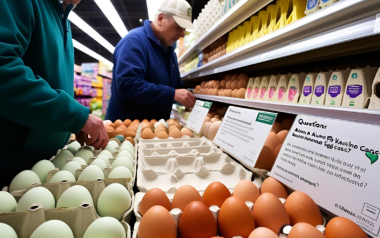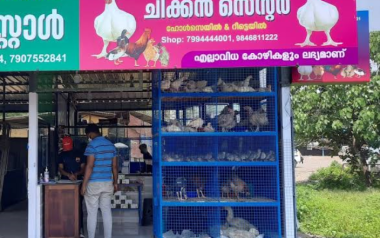Analyzing the available information, which in most cases is very limited, due to the protection of its scientific advances, questions and doubts arise about the viability of these technologies with respect to their production, food safety, environmental impact and labeling, among others.
15 Mar 2021
Lab-grown meats: How natural are they?
Laboratory meat (in vitro), follows the principles of regenerative medicine. These advances encouraged researchers to test if livestock muscle tissue can undergo similar processes.
Content available at:
Español (Spanish)
Laboratory meats, or lab meats (in vitro), follows the principles of regenerative medicine that’s applied to regenerate tissues in patients with degenerative problems and other pathologies.
These advances encouraged researchers to test if livestock muscle tissue can undergo similar processes.
Scientists argue that there could be many benefits in this new technology that will revolutionize our environment and tables.
The motivation here is to end animal suffering, improve the environment, and provide a safer and cheaper meat supply from what we have today.
Industrial scaling of laboratory meat
Until today, most tissue engineering occurred in medicine, meaning that existing production processes and facilities are not designed for meat production. Any plan to commercialize cell-based meat must first solve these two following problems:
- How do we “feed” the cells?
- How do we grow them in large quantities?
One example would be that; to make this single hamburger, one would need to use most of his laboratory space to stack meat-cell culture trays in towers.
The difference between established bioprocesses and cultured meat bioprocessing is based on the complexity of the environment for both muscle-cell proliferation and differentiation.
The issue is that, to produce 1 kg of protein from such cells, we would need a 5000-liter bioreactor tank, which is not even proven for meat culture. So the main limitations in scaling up seem to be production costs and the lack of commercially available meat culture bioreactors.
Efficient culture media
To mass produce lab meat, scientists must solve how to efficiently feed cells, since they require complex culture media. The latter needs to contain sugars, salts, pH buffers, amino acids, micronutrients, and growth factor proteins.
The industry is considering growth medium recipes, since 80% of the final product’s cost is likely to be from culture media.
Of the aforementioned ingredients, growth factor proteins are the most difficult and expensive to obtain. These proteins are essential for cell proliferation and differentiation.
TO CONTINUE READING REGISTER IT IS COMPLETELY FREE
Access to articles in PDF
Keep up to date with our newsletters
Receive the magazine for free in digital version
REGISTRATION
ACCESS
YOUR ACCOUNT
LOGIN
Lost your password?




































